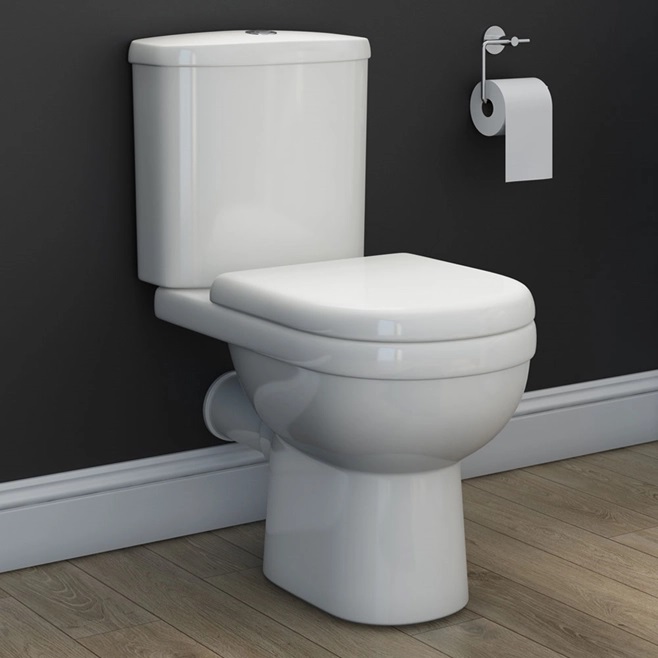Bathroom and toilet design play a crucial role in our daily lives, combining functionality and aesthetics to create spaces that cater to our hygiene needs and offer moments of relaxation. Over the years, design trends and advancements in technology have transformed bathrooms and toilets into luxurious and innovative environments. This article explores the evolution of bathroom and toilet design, highlighting key features, materials, and concepts that contribute to creating a harmonious and enjoyable user experience.
- Historical Evolution of Bathroom and Toilet Design: 1.1 Ancient Origins:
- Early civilizations: Mesopotamia, Ancient Egypt, and Indus Valley Civilization.
- Public bathhouses and latrines in Ancient Rome and Greece. 1.2 Renaissance and Victorian Era:
- Introduction of private bathrooms in homes.
- Opulent designs with porcelain fixtures, clawfoot tubs, and decorative accents. 1.3 Modern Era:
- The emergence of functionalism and minimalism.
- Advancements in plumbing, sanitation, and hygiene.
- Key Elements of Bathroom and Toilet Design: 2.1 Layout and Spatial Planning:
- Optimization of space for improved functionality and accessibility.
- Partitioning of wet and dry areas.
- Utilization of natural light and ventilation.
2.2 Fixtures and Fittings:
- Sinks, faucets, showers, and toilets as essential components.
- Sustainable materials like low-flow faucets and water-saving toilets.
- Integration of technology (smart toilets, sensor-activated faucets).
2.3 Lighting and Ambiance:
- Proper lighting for different tasks and moods.
- LED lighting, dimmers, and accent lighting for visual appeal.
- Natural lighting options such as skylights and windows.
2.4 Surfaces and Materials:
- Durable and water-resistant materials like ceramic tiles, stone, and glass.
- Creative use of texture, color, and patterns to enhance aesthetics.
- Introduction of eco-friendly materials, such as sustainable wood and recycled glass.
- Innovative Concepts in Bathroom and Toilet Design: 3.1 Spa-like Retreats:
- Incorporation of spa-like features, such as rainforest showers and built-in steam rooms.
- Integration of relaxation areas with seating, plants, and soothing color palettes.
- Use of aromatherapy and chromotherapy for a holistic experience.
3.2 Accessibility and Universal Design:
- Design considerations for individuals with mobility or disability challenges.
- Installation of grab bars, adjustable fixtures, and anti-slip flooring.
- Accommodation of varying heights and abilities.
3.3 Smart Technology:
- Integration of automation and smart controls for personalized experiences.
- Voice-activated systems for adjusting lighting, temperature, and water flow.
- Hi-tech features like heated floors, digital shower controls, and mirrors with embedded screens.
3.4 Sustainable Design:
- Energy-efficient fixtures and lighting to reduce water and energy consumption.
- Use of eco-friendly materials and finishes.
- Implementation of recycling and composting systems.
Conclusion: Bathroom and toilet design has come a long way, evolving from basic functional spaces to innovative environments that enhance our well-being and comfort. The combination of aesthetics, functionality, and technological advancements has revolutionized these spaces. From luxurious spa-like retreats to eco-friendly and accessible designs, there is a wide range of options available to suit individual preferences and needs. Looking ahead, the future of bathroom and toilet design holds exciting possibilities as designers and architects continue to push boundaries and create spaces that elevate our daily routines.







